16 Harmonization with Chord Roots
One of the main functions of the piano is adding harmonic support to melodies. This can range from sustained chords to elaborate arpeggiations that sweep across the keys. In this course we will primarily play melodies with the right hand and harmonic accompaniments in the left hand, progressing from single bass notes to intervals to full triads.
Tonic and Dominant
We will begin by harmonizing with tonic (I) and dominant (V).
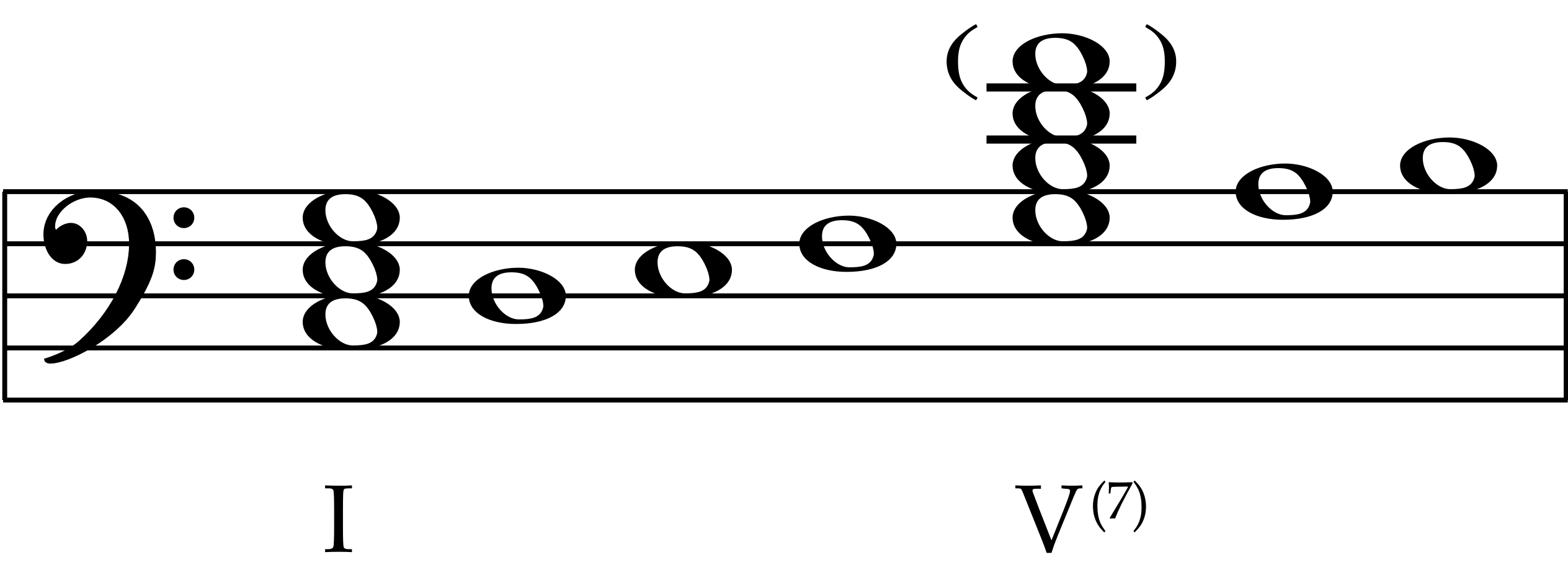
Many melodies can be satisfactorily harmonized with just one or two chords per measure. To determine which chord to use, consider the scale degrees of the melody in that measure.
- Tonic (I): do mi sol
- Dominant (V or V7): sol ti re (fa in a dominant seventh chord)
Measures that use mainly do, mi, and sol should be harmonized with tonic (I). Measures using mainly sol, ti, re, and fa should be harmonized with dominant (V).
16.1 | The Wheels on the Bus
Sing this melody on solfege:

Children’s Folk Song
Based on the scale degrees in each measure, add I (tonic) or V (dominant) in the blank under each downbeat.
Steps for Harmonizing Melodies
- Identify the key of the melody
- Sing the melody on solfege
- Choose chords for the left hand that correspond with the solfege of the main notes in the melody (one or two chords per measure for most melodies)
- Try it out: let your ear and sense of harmonic logic guide you
Here is the same melody harmonized with the roots of the tonic and dominant triads:
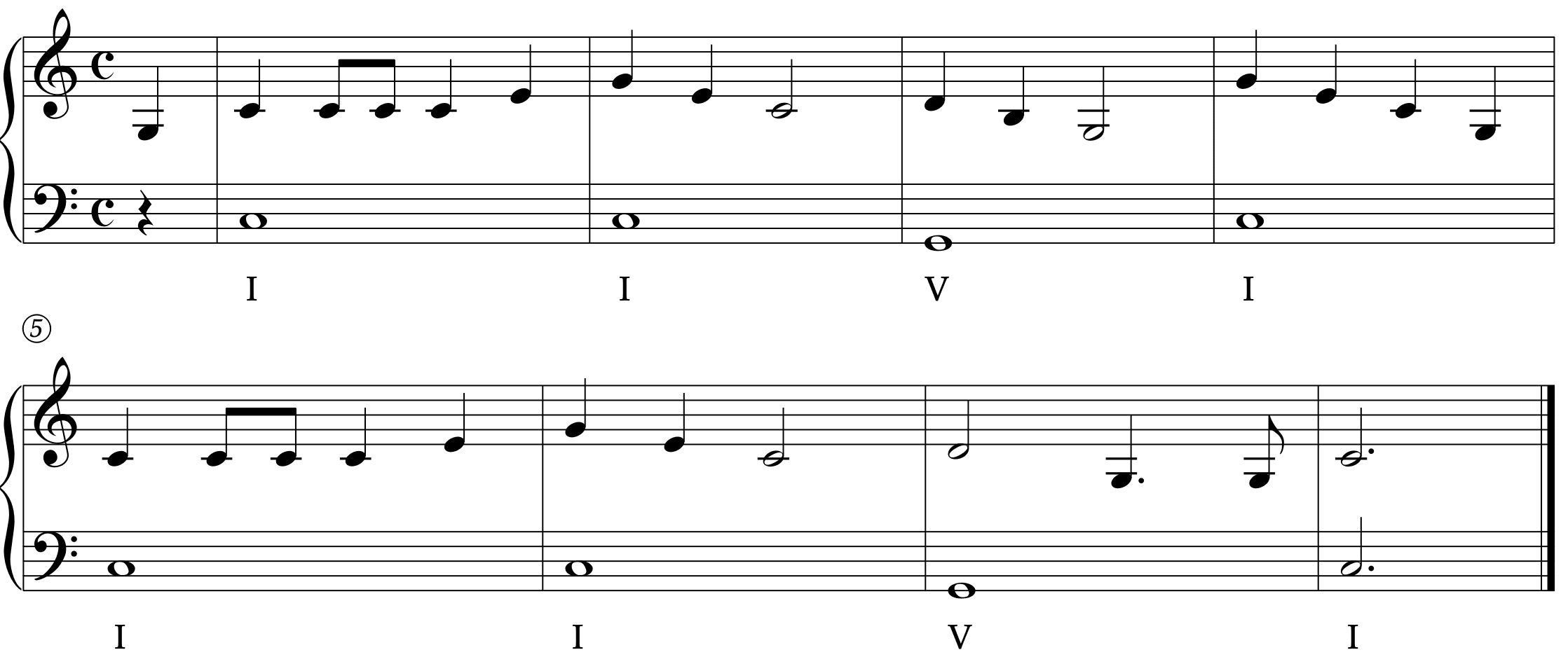
Practice this melody aloud in one or more of these ways:
- Class sings bass line, teacher plays melody
- Class plays bass line, teacher plays melody
- Half of class sings bass line, half of class sings melody
- Half of class plays bass line, half of class sings melody
Non-Chord Tones
In “The Wheels on the Bus,” the pitches in each measure all belong to either the tonic or dominant triad. That is, each note is a chord tone, a member of the prevailing harmony in that measure. More often, melodies include non-chord tones in addition to chord tones. Non-chord tones are classified by how they function in context. The main types include passing tones, neighbor tones, appoggiaturas, and suspensions.
- Passing tones: notes reached by stepwise motion between chord tones
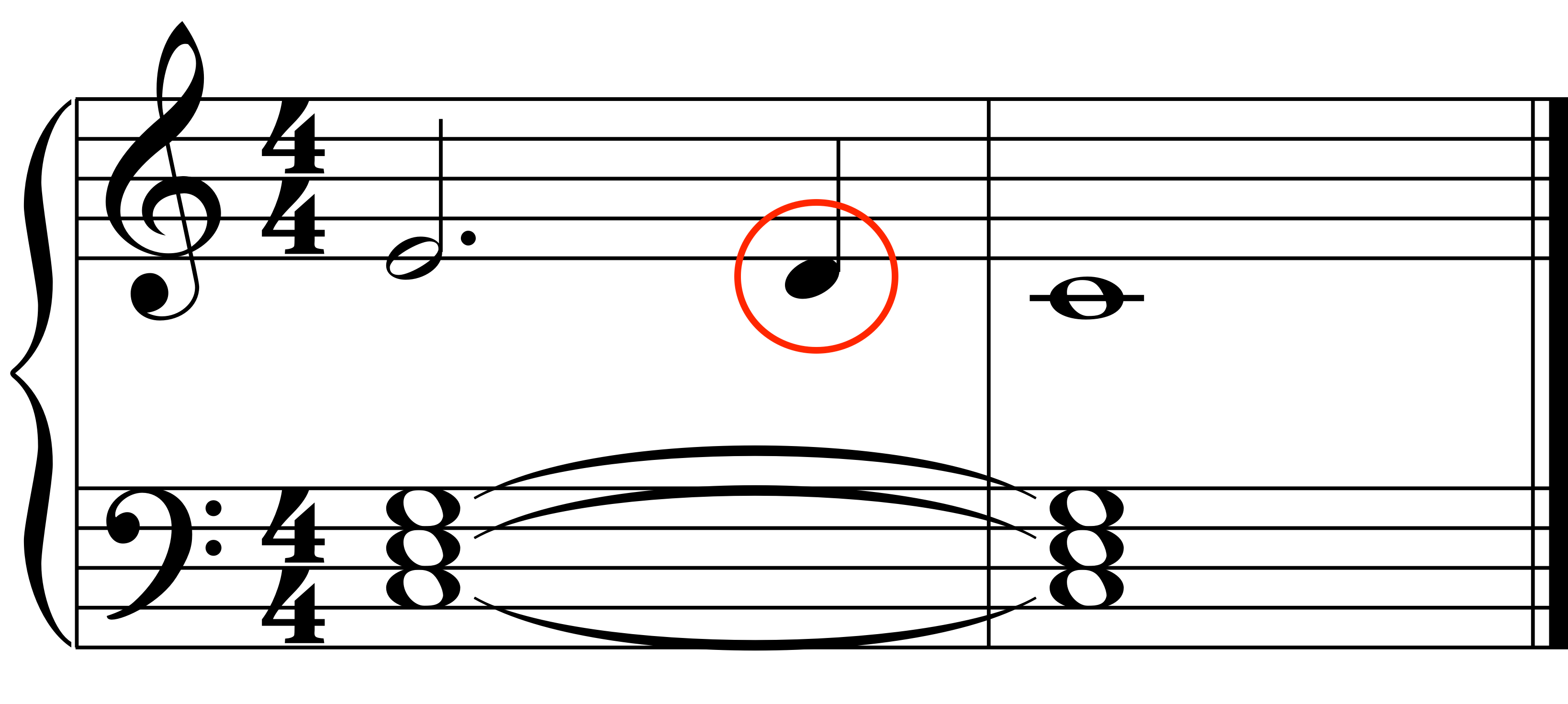
- Neighbor tones: notes that embellish a chord tone by stepping away from it (either above or below) and returning to it
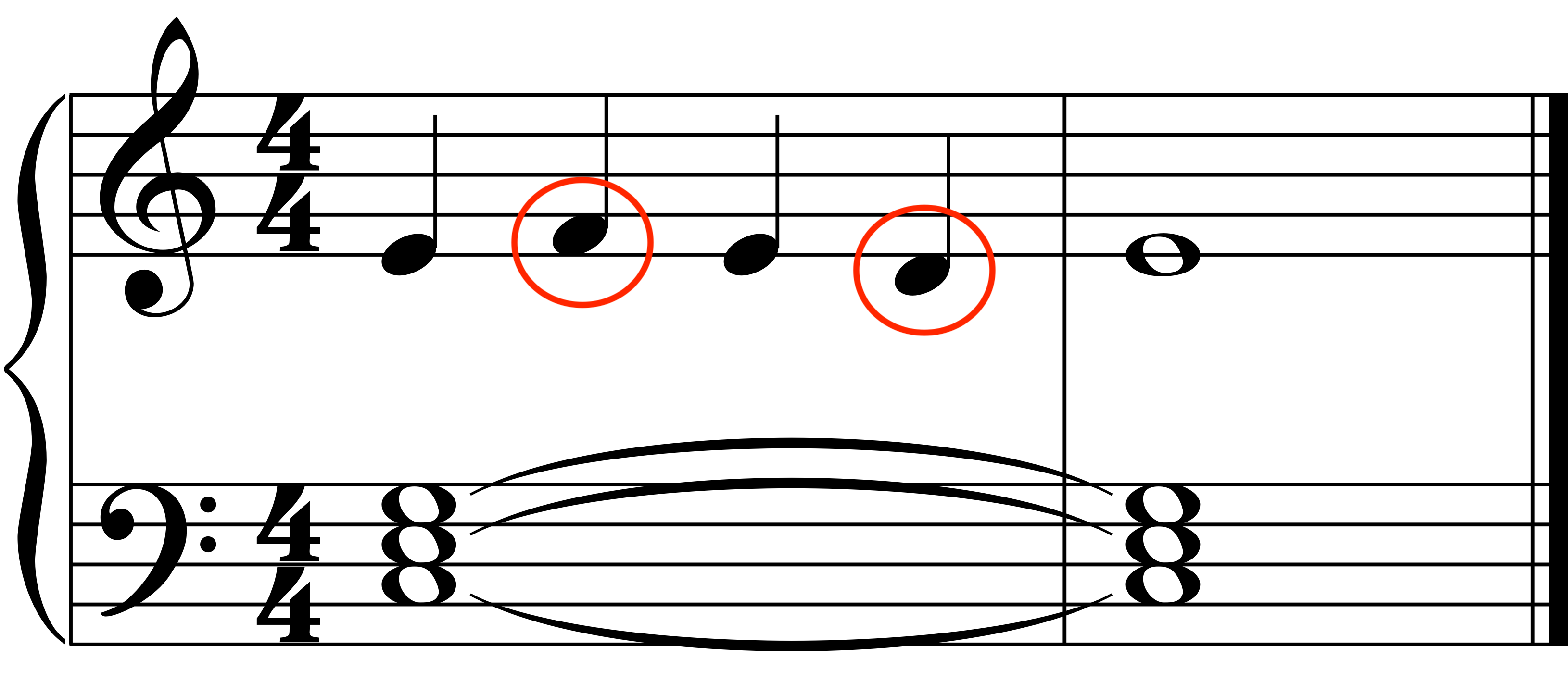
- Appoggiaturas: non-chord tones approached by a leap and resolving down by step
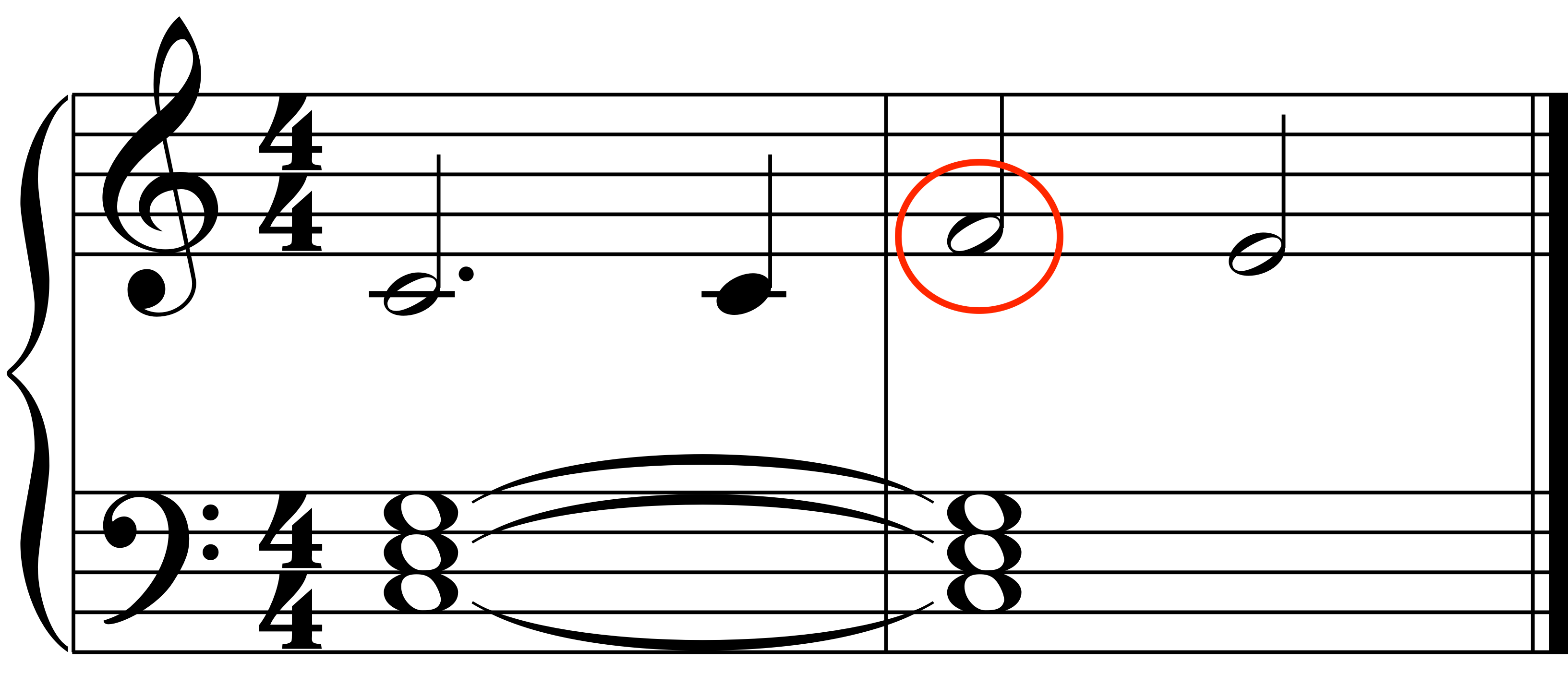
- Suspensions: non-chord tones that are sustained from a previous harmony (in which they were chord tones), usually resolving down by step
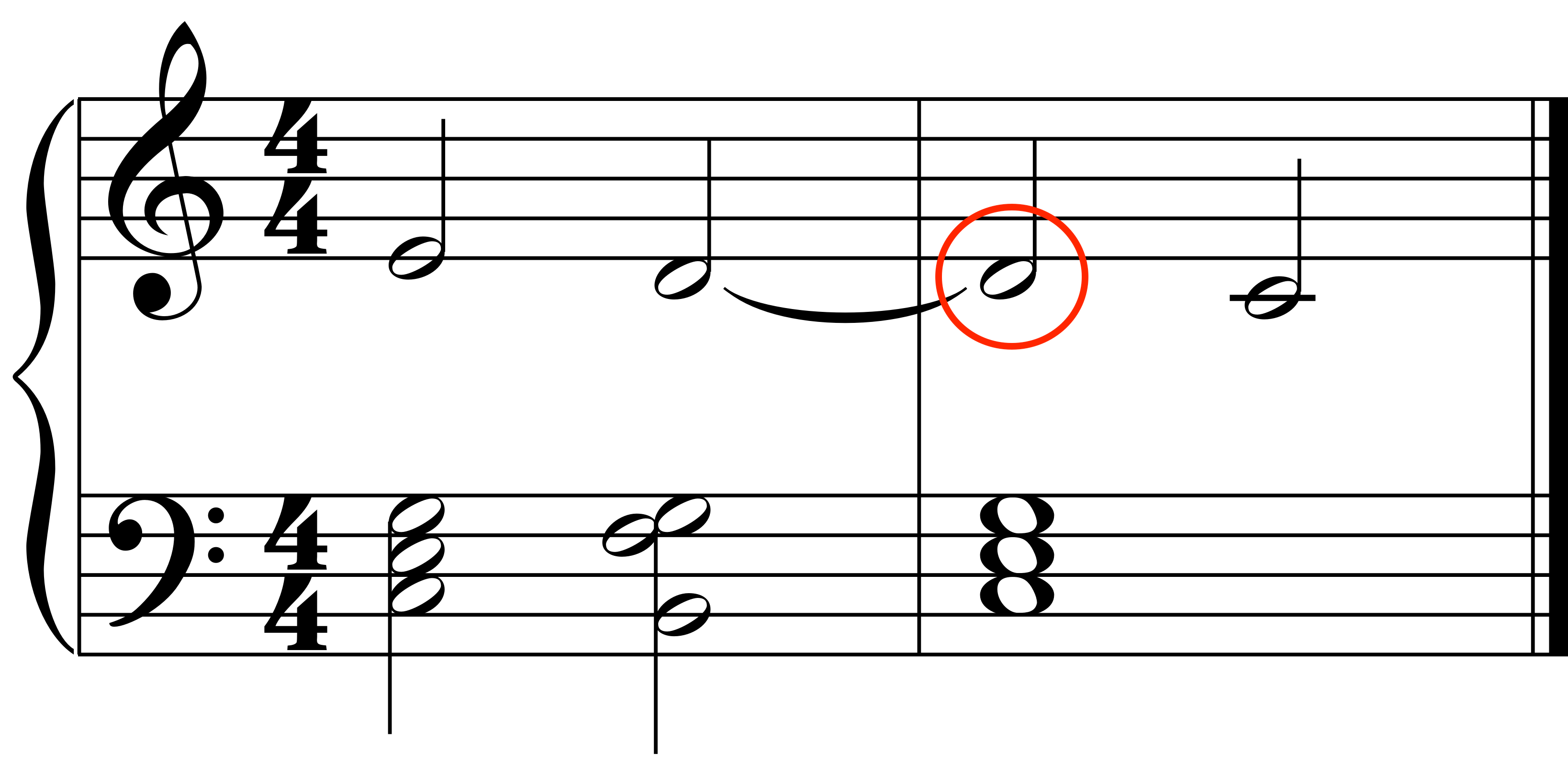
Other types of non-chord tones exist, but this is a sufficient introduction for the purposes of this course. Knowing the common types of non-chord tones will help you sift through the notes of a melody to determine the appropriate harmony to accompany it.
Harmonize these melodies with tonic and dominant, writing I or V in the blanks below.
16.2 | Go Tell Aunt Rhody

American Folk Song
16.3

Carl Meineke: Piano Method
Subdominant
In addition to tonic and dominant, the subdominant (IV) is also frequently used to harmonize melodies.
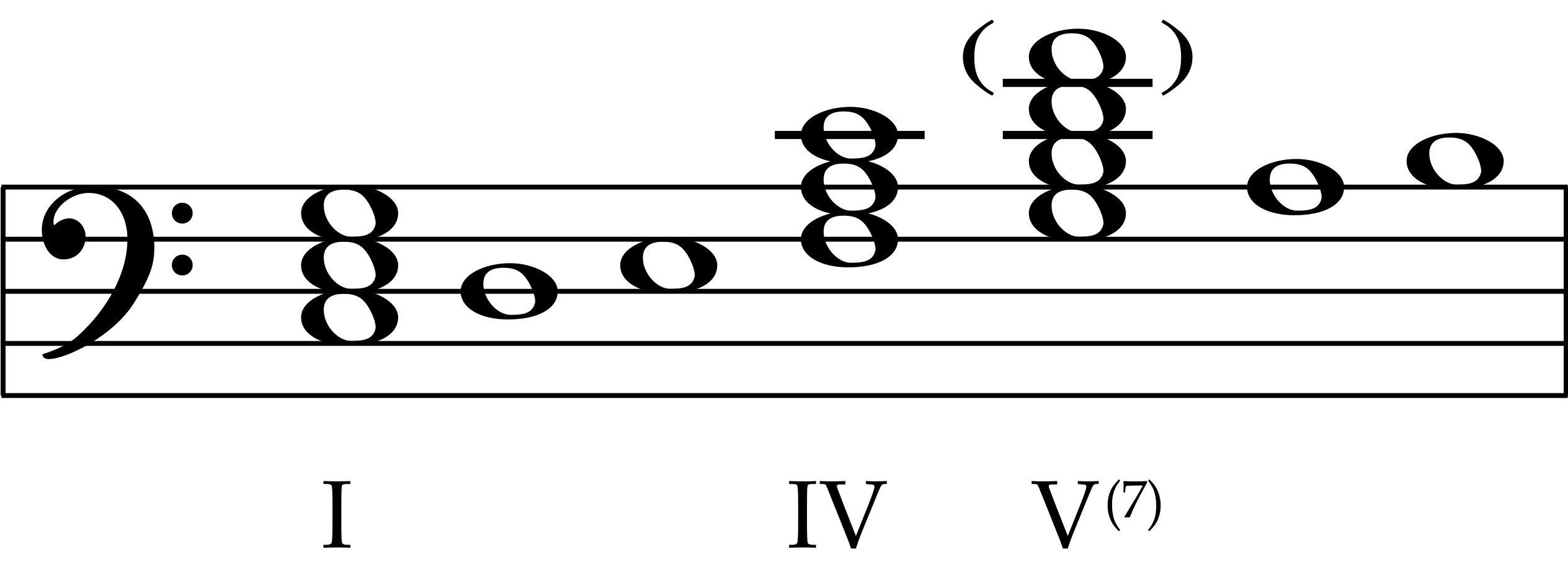
- Tonic (I): do mi sol
- Subdominant (IV): fa la do
- Dominant (V or V7): sol ti re (fa in a dominant seventh chord)
The tonic (I), subdominant (IV), and dominant (V) are sometimes referred to as the primary chords of a key.
16.4 | Harmonized Five-Finger Pattern


Harmonize these melodies with tonic, subdominant, and dominant, writing I, IV, or V in the blanks below.
16.5 | Git Along, Little Doggies

Cowboy Song
16.6 | When the Saints Go Marching In
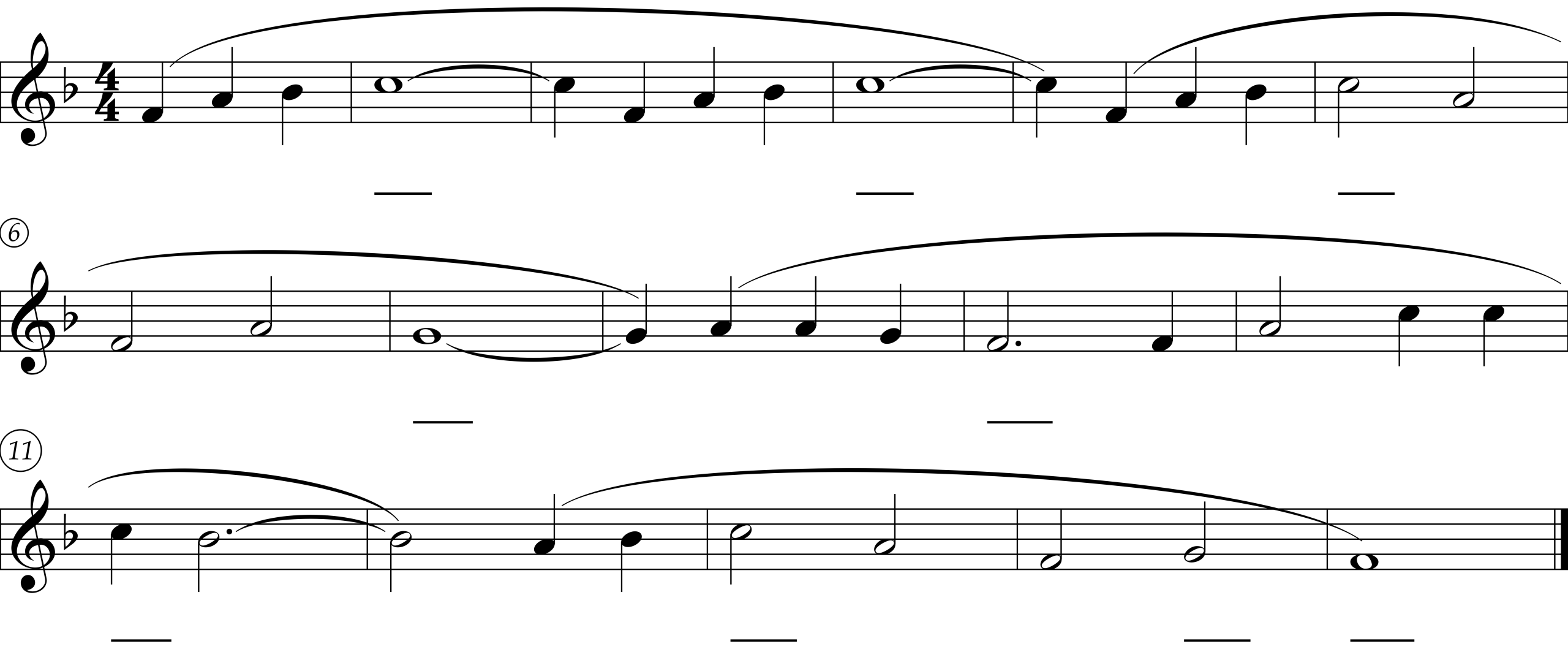
African American Spiritual